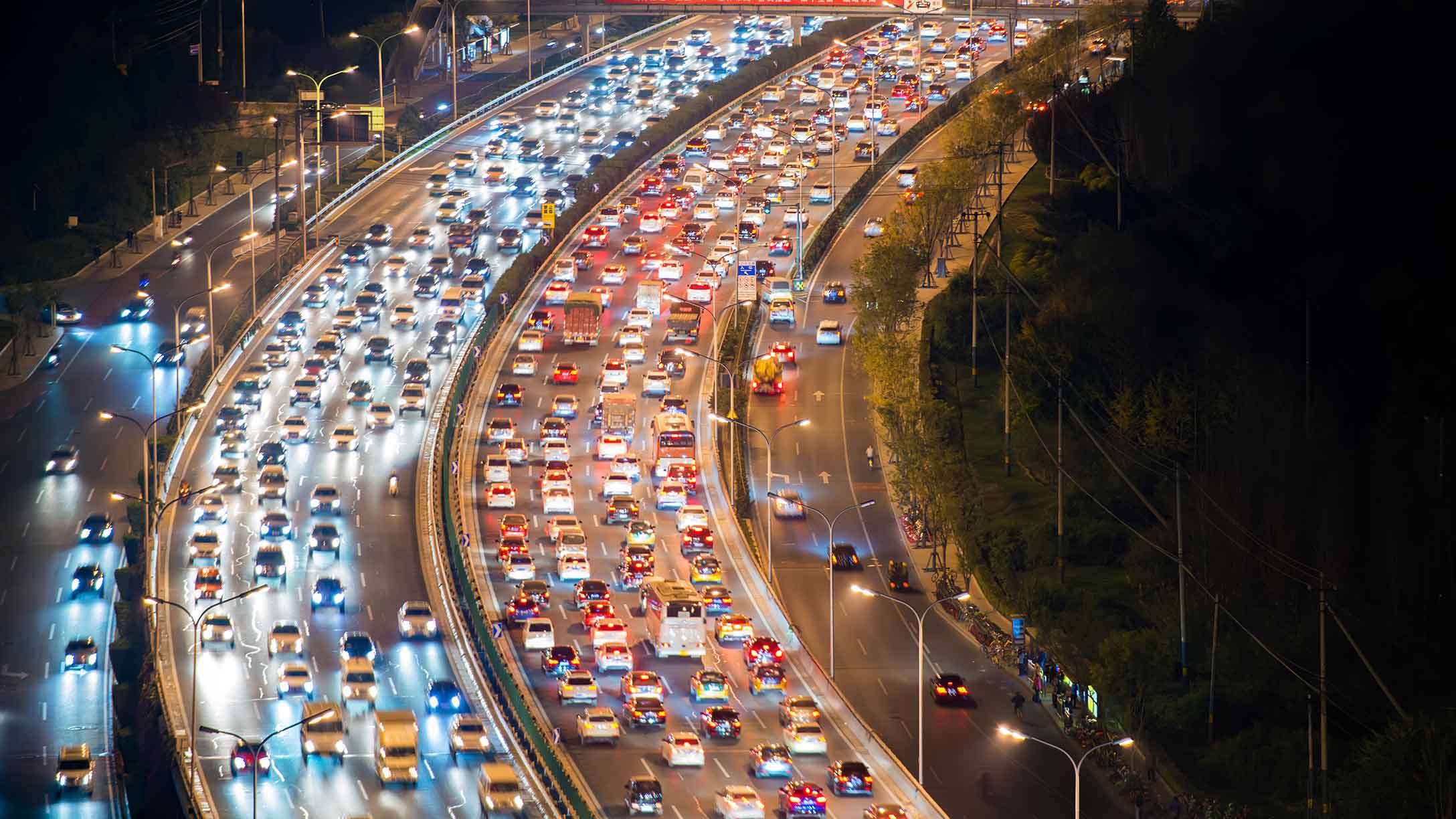Introduction:
Indian cities are facing a multitude of urban challenges, including traffic congestion, air pollution, overcrowding, and wasted time. Restricting cars in these cities has emerged as a potential solution, drawing inspiration from successful implementations in developed countries. By examining the impacts of car restrictions and implementing appropriate measures, Indian cities can transform into more sustainable and livable environments.
Air Pollution and Vehicular Emissions:
Vehicular emissions are a significant contributor to air pollution in Indian cities. In fact, vehicles alone account for a staggering 51% of Delhi's air pollution (source: System of Air Quality and Weather Forecasting And Research - SAFAR). While promoting electric vehicles is often suggested as a solution, it is important to note that they only address a fraction of the problem. Other sources, such as tire dust and road abrasion, also contribute significantly to overall air pollution levels.
Noise Pollution:
Indian cities, along with other South Asian countries, experience some of the highest levels of noise pollution globally. Motor vehicles, especially cars, are the primary sources of noise pollution in urban areas due to excessive honking and engine noise. Reducing the number of cars on the roads can significantly mitigate noise pollution and create a more peaceful urban environment.
Traffic Congestion:
Cars occupy a disproportionate amount of road space, leading to severe traffic congestion. Comparing the space required for different modes of transportation, it becomes evident that cars consume a significant portion of the available road infrastructure. Encouraging the use of public transportation, cycling, and walking can alleviate traffic congestion, improve traffic flow, and free up space for other purposes, such as creating pedestrian-friendly areas and green spaces.
Overcrowding and Space Utilization:
Private cars are vastly underutilized assets, with an average usage time of only 5-6% and remaining parked for 95% of the time (source: National Association of City Transportation Officials - NACTO). Increasing car ownership rates would exacerbate issues of overcrowding and strain urban infrastructure further. Promoting alternative modes of transportation, such as bicycles and motorcycles, can optimize the utilization of urban space and reduce the overall space required for transportation, thereby easing the burden on cities.
Flooding and Road Accidents:
Inadequate drainage systems, combined with reduced permeable surfaces due to extensive road networks, contribute to urban flooding during monsoons. Additionally, road accidents pose a significant threat to public safety, with more deaths occurring in accidents than homicides (source: Ministry of Road Transport and Highways, Government of India). Private cars play a substantial role in both flooding and accidents, necessitating measures to reduce their presence and prioritize sustainable modes of transportation.
Climate Change:
Transportation, particularly passenger cars, is a major source of greenhouse gas emissions, contributing to climate change. Reducing car usage is crucial to effectively address this global challenge. Shifting to alternative modes of transportation with lower emissions, such as electric vehicles, bicycles, and public transport, can help mitigate the environmental impact of transportation and promote a sustainable future for Indian cities.
Conclusion and Steps Forward:
Addressing urban challenges requires a gradual and targeted approach. Implementing car-free zones in densely populated areas, restricting car access on selected roads, and prioritizing pedestrians and cyclists by redesigning roads are effective measures that have yielded positive outcomes in countries like Poland, Spain, the Netherlands, and others. By embracing alternative transportation methods and reducing dependency on private cars, Indian cities can alleviate traffic congestion, improve air and noise quality, optimize space utilization, reduce accidents, combat climate change, and create more livable urban environments for their residents.



